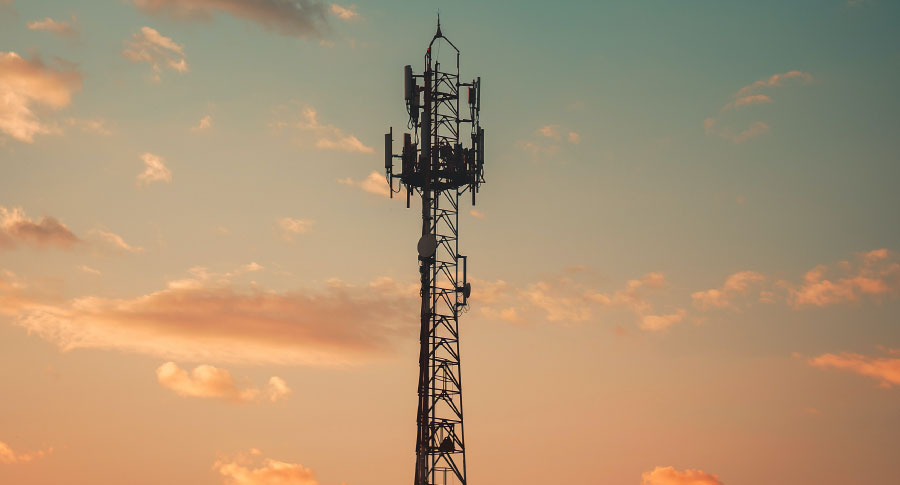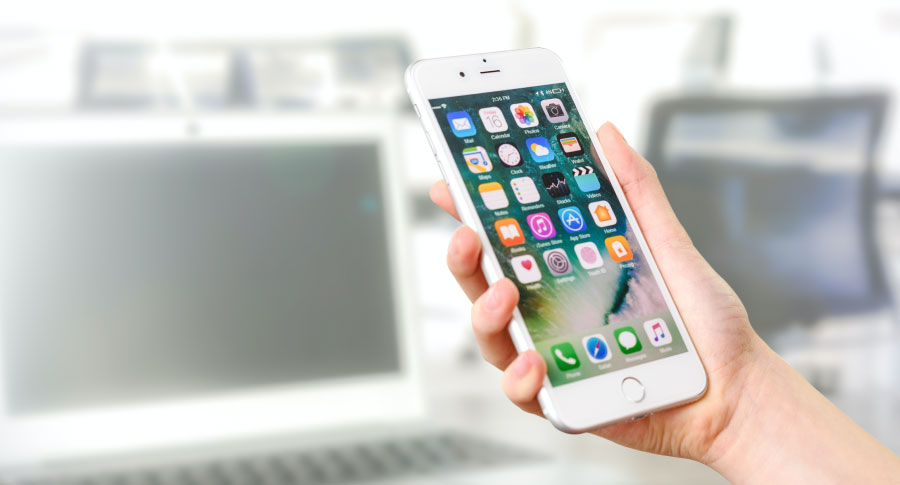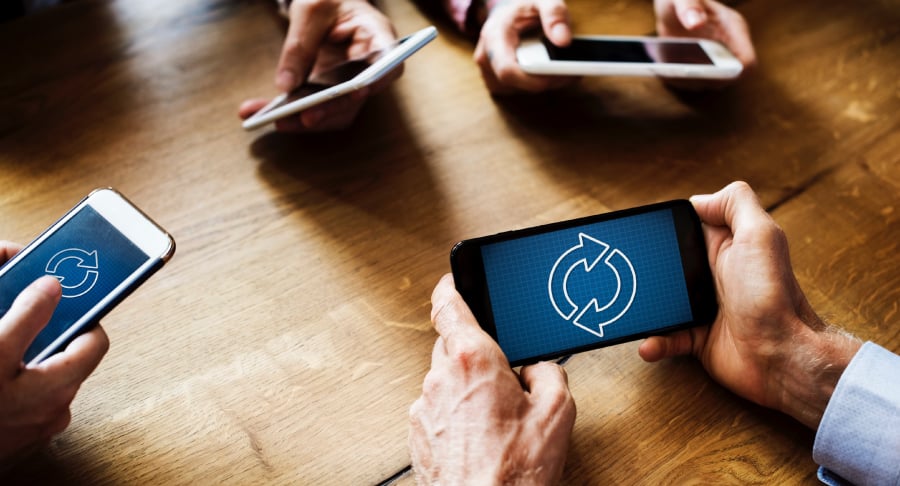Guest blog by Mike Powell (byline at end of article)
Nowadays, there is nothing your smartphone can’t do. Want to learn how to cook a meal? There’s an app for that. Want to track your exercise progress? There’s an app for that.
Naturally, there are also hundreds of mobile applications for dog owners who want to better understand their pet’s dietary needs, discover the best places to shop, and find pet-friendly accommodation while traveling.
If you are new to the world of dog-centric technology, we’ve compiled a list of the top five mobile applications that you need to download at home or on the go.
Topics: smartphone, apps, mobile, dogs
From conspiracy theories to the possibility of self-driving cars, 5G continues to inspire both controversy and intrigue. While many major U.S. carriers are promoting 5G networks, this doesn’t mean that 4G networks have been or are going to be completely replaced soon. While 5G can deliver faster speeds, fewer delays, and higher capacities, these networks will continue to rely on and run alongside 4G LTE technology.
Topics: smartphone, wireless, 5G, mobile, 4G
In one of our previous blogs, we covered some of the basics of visual voicemail for smartphones. Visual voicemail lets you look at and listen to your voicemails from an app, rather than having to call from your phone.
One of the conveniences of visual voicemail is that messages from known telemarketers and spam callers can be deleted. You don’t have to suffer through hearing a robocall recording or voice message about an expired car warranty.
This post will explore more of the advantages of visual voicemail, how to set it up on different smartphones, and how to use Viaero’s Vmail.
Topics: smartphone, mobile, visual voicemail
The Federal Trade Commission (FTC) reports that in one year alone, $57 million was lost through phishing schemes. Many hackers manipulate email, smartphone apps, online ads, and web browsers to gain access to sensitive data.
Although mobile phones and apps can be convenient ways to get things done, communicate, and be entertained, they can also come with security risks. Most recently, the popular social media app Tik Tok has come under fire for its questionable practices.
Mobile Commerce and What it Means for the Future of Shopping
When online shopping began to take off with the internet, no one could have predicted the role mobile shopping would eventually play in online sales. While e-commerce sales make up 10.7 percent of all U.S. retail activity, m-commerce or mobile-commerce sales reached 41.2 billion dollars in the second quarter of 2019.
3 Reasons Why Unlimited Data Plans May Not Be Truly Unlimited
The meaning of unlimited data can be confusing for cellular subscribers since you’re not always able to use high-speed unlimited data. Even though a plan may use the term “unlimited,” there could be restrictions related to speed, amount of use, video streaming quality, and hotspot data. The scope of what’s included in “unlimited” plans can vary widely between carriers, especially when cost and value are taken into account.
Are 30-Month Contracts the Answer to High Smartphone Prices?
CNBC reports that American smartphone owners are hanging on to their phones for longer. In 2016, the average time users kept their phones was 22.7 months. As of 2018, the average was up to 24.7 months. Some of the top reasons why we’re becoming more reluctant to upgrade our smartphones as often include:
- Rising Costs
- Too few technical advancements or significant changes between models
- Phones are more durable and are lasting longer
With average smartphone prices up 52% in the last three years and with high-end models now $1,000 or more, consumers are finding it less affordable to upgrade. They also want to get the most use out of a more expensive phone. One of the ways that wireless carriers are helping to make the cost more affordable is by extending average contract lengths.
Topics: smartphone, wireless, mobile, contract
Have you ever wondered what others around the globe pay for the data they use on their smartphones? You might be surprised to find out that North American countries pay some of the highest rates on average. As reported by Niall McCarthy with Forbes, the average cost per gigabyte of data in the United States is $12.38. Despite these higher averages in the U.S., residents of Zimbabwe pay the highest rates in the world at $75.20 per gigabyte.
Topics: data, smartphone, wireless, mobile
Try Cloud Storage Solutions to Free Up Space on Your Phone
Our smartphones can do many different things, but they can easily run out of space once you start storing photos and videos. Even apps, downloaded memes and documents can start to fill up your phone’s storage. OS and app updates will also take up the majority of your phone’s built-in space.
Topics: smartphone, mobile, cloud, storage









